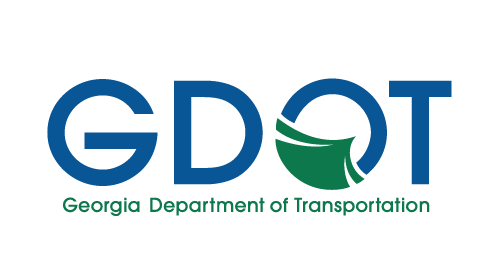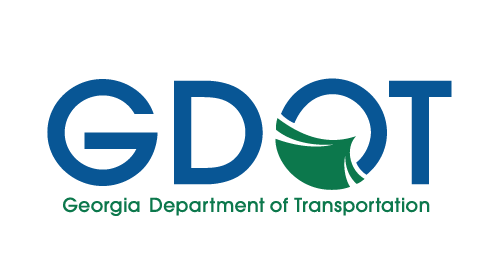
ATLANTA, GA – With a winter weather system expected to hit the northern half of Georgia early Friday morning, the Georgia Department of Transportation (Georgia DOT) is coordinating brine operations and staffing plans in an effort to respond to the pending threat of icy conditions and snow accumulation.
As part of its winter weather response plan, Georgia DOT treats roadways, bridges and overpasses prior to a winter storm’s arrival with brine, a mixture of salt and water that is used as a preventative treatment to limit the bonding of ice to the pavement.
Brine operations started today, Jan. 8, at 7 p.m. in northwest Georgia, with brining beginning in metro Atlanta at midnight tonight. Brine operations will begin in earnest in northeast Georgia at 7 a.m. on Thursday. Crews will work 12-hour shifts and will prioritize treating interstates, state routes, bridges and overpasses north of and including I-20; state routes and interstates south of I-20 are also slated to be treated today into Thursday and then re-treated as needed.
An estimated 20,000 lane miles of highway will be treated in the affected areas. Georgia DOT has the capacity to store 1.8 million gallons of brine, with the ability statewide to make up to 60,000 gallons of brine per hour. Georgia DOT can deploy up to 50 of its brine tankers statewide, with the option to move tankers and crews to other locations as needed based on expected conditions in those areas.
To help supplement existing manpower and equipment in the metro Atlanta area, additional Georgia DOT crews are being deployed from southeast Georgia. Brine crews arrived to join forces with metro Atlanta crews on Wednesday, with plow crews and additional equipment arriving on Thursday.
Georgia DOT Highway Emergency Response Operators (HEROs) will monitor roadways in metro Atlanta for potential freezing during hours of active patrol. Georgia DOT also utilizes a Roadway Weather Information System (RWIS) with roadway sensors in 57 locations across the state, improving the department’s ability to predict weather conditions on roads (including ice) or changes in conditions in temperature, precipitation and wind. RWIS is one of the tools employed by Georgia DOT that provide data which helps the department better respond to ongoing needs for treatment of roads in a given area of the state.
Motorists in affected areas are asked to plan now to limit travel as much as possible Friday morning through mid-day Saturday. Those who must venture out during this time are asked to be aware of GDOT crews working on the roads to help ensure they can safely do their jobs. Please also be aware of the brine trucks and know they must travel 40 mph to properly apply the treatment. Please pay attention and stay back at least 100 feet.
Precipitation is not the only threat to Georgia roads this weekend. Georgia DOT reminds you to turn off sprinkler systems with automatic timers set to run overnight and be sure to drain the system of water to prevent them from freezing and expanding, which can result in burst pipes. Sprinkler systems operating near a highway or road can create hazardous icy spots for motorists the next morning during a winter freeze.
Drivers are cautioned to be on the lookout for icy patches or black ice in the early morning hours. Black ice is a thin, often invisible sheet of ice that forms on the roadway, especially on bridges, overpasses and low-lying areas. It can appear at any time when temperatures drop below freezing and there is any form of moisture, from sprinklers, run-off or precipitation on the roadway. Motorists are advised that if a road looks wet, they should assume it is ice and drive accordingly – or better yet, stay home if at all possible.
Additionally, with the forecast of potential ice accumulation, there is possibility for fallen trees and downed power lines. If you come across either, do not cross them. Call 911 to report them to your local authorities and take an alternative route.


![Validate my RSS feed [Valid RSS]](https://web.archive.org/web/20240108205913im_/https://ocgnews.com/wp-content/uploads/2022/07/valid-rss-rogers.png)


